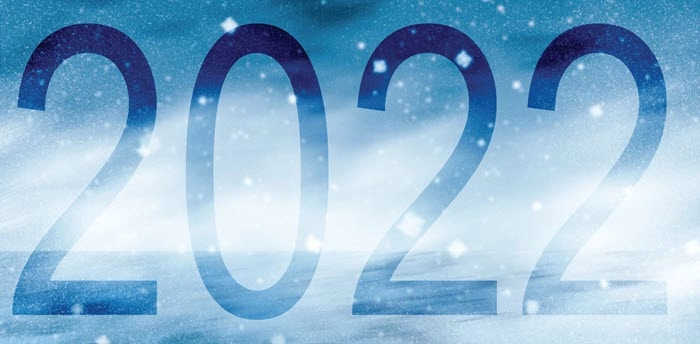2022 Will Bring A Mixed Bag Of Hospice Survey Changes
You can expect an increase in survey frequency, for starters. Hospices are more likely to be on the financial hook for survey problems under new rules. And that’s just one effect from the sweeping survey changes included in the 2022 home health final rule. In the regulation published in the Nov. 9 Federal Register, hospices secured important changes to key survey proposals — a one-year delay to the Special Focus Program targeting poor performers for extra scrutiny; a narrowing of the payment suspension enforcement remedy to new admissions only; a requirement for surveyors to declare conflicts of interest; and a clarification that multi-disciplinary teams can’t consist of two nurses (see HOP, Vol. 14, No. 12). But many other significant changes to how hospices will undergo surveys went through mainly as proposed, including: Clarification: In response to public comments on the proposed rule, CMS clarifies that the notice period for remedies is in “calendar” days — 15 days for non-Immediate Jeopardy citations and two days for IJ citations. Timeline: “The requirement to develop and implement a range of enforcement remedies is effective no later than October 1, 2022,” CMS noted in a Quality, Safety & Oversight Group (QSOG) and Survey & Operations Group (SOG) memo issued Oct. 20 (QSO-22-01-Hospice), which reviewed details of the survey changes’ implementation date requirements CMS does admit there is a lot of subregulatory work to be done on the matter. “CMS will need to address various system integrations and updates to integrate AO survey results on the Form CMS-2567,” the rule acknowledges. Timeline: Switching AOs to the form carried an Oct. 1, 2021 due date under the CAA ’21 law. The effective date of the home health final rule is Jan. 1, 2022, but system modifications needed to effect the change will obviously take more time. AOs are on standby for a final deadline. Many commenters had lots of thoughts about public reporting. “CMS considers the publication of the Form CMS-2567 to be a first step in meeting the intent of this provision,” it says in the final rule. “CMS remains committed to continuing collaboration with hospice stakeholders after this rule is finalized; we appreciate and are considering commenters’ suggestion to convene a [Technical Expert Panel] or other vehicle for gathering stakeholders’ input on ways to define a more comprehensive metric or algorithm for public display in guidance.” Timeline: Public reporting of survey information has an October 2022 deadline, CMS notes in the QSO memo. CMS says it is “finalizing the surveyor qualification provisions as proposed” in the final rule. “The trainings are available free of charge through the QSEP website at https://qsep.cms. gov, to providers and all entities conducting surveys, including AOs, and the public at large. QSEP training is accessible on an individual, self-paced basis,” CMS offers. “We will modify access to QSEP for AO surveyors on the same basis as for state surveyors, so that all appropriate content is available, though only Hospice Basic will be required by the AO surveyors,” the agency adds elsewhere in the rule. CAA ’21 requires that “no surveyor can conduct hospice program surveys until they complete training and testing,” CMS notes in the regulation. The regulation doesn’t get into testing details. Timeline: CAA ’21 set an Oct. 1, 2021 deadline for expanding CMS training to AO surveyors. “CMS’s ability to conduct compliance monitoring activities for these provisions will be limited until sixty (60) days from the effective date of the new hospice survey and enforcement regulations in the CY 2022 HH PPS final rule,” CMS says in the QSO memo. The reg’s effective date is Jan. 1, so presumably compliance will be required in March. In the final rule, CMS finalizes the policy without modification, it notes. The rule doesn’t address commenters’ frequent request to have regular and validation surveys conducted simultaneously. Timeline: The CAA ’21 law imposes an Oct. 1, 2021 effective date for the survey consistency requirements. CMS would theoretically begin enforcing compliance in March, considering the final rule’s Jan. 1 effective date and the QSO memo. Timeline: The CAA ’21 law sets the deadline at one year from enactment — Dec. 27, 2021. Again, the effective date for compliance should be March, considering the final rule’s Jan. 1 effective date and the QSO memo. Timeline: This requirement is already in effect. Note: The 192-page final rule is at www.govinfo.gov/content/pkg/FR-2021-11-09/pdf/2021-23993.pdf — the hospice survey provision discussion is on pp. 122-141. The QSO memo is at www.cms.gov/files/document/qso-22-01-hospice.pdf.


